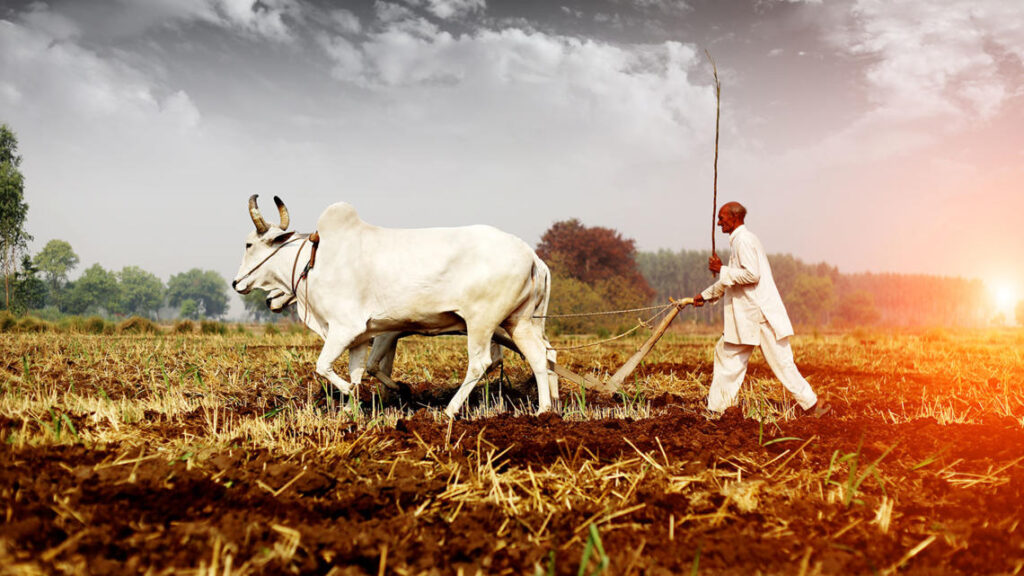Introduction
Agriculture in India has been the backbone of the country’s economy for centuries. With more than 50% of the population engaged in farming and related activities, it plays a crucial role in food security, employment, and economic growth. India is one of the largest producers of grains, fruits, and vegetables, making agriculture a vital sector for national development. Despite advancements in technology, Indian agriculture faces challenges that require strategic solutions.
Importance of Agriculture in India

Agriculture contributes significantly to India’s GDP and supports millions of livelihoods. The sector not only provides food but also supplies raw materials to industries like textiles, sugar, and dairy. Additionally, it plays a pivotal role in export earnings, with India being a major exporter of rice, wheat, and spices. Sustainable farming practices and government initiatives have further enhanced agricultural productivity and profitability.
Challenges Faced by Indian Farmers
Despite its importance, Indian agriculture faces several challenges. Climate change, unpredictable monsoons, and water scarcity impact crop yields. Small-scale farmers struggle with limited access to modern technology, credit facilities, and fair market prices. Additionally, soil degradation and overuse of chemical fertilizers threaten long-term sustainability. Addressing these challenges requires a combination of policy reforms, technological advancements, and financial support.
Government Initiatives and Technological Advancements
The Indian government has launched multiple schemes to support farmers, such as the Pradhan Mantri Kisan Samman Nidhi (PM-KISAN) and the Soil Health Card Scheme. Additionally, advancements in irrigation techniques, organic farming, and precision agriculture have improved productivity. Digital platforms and mobile applications provide farmers with real-time weather updates, market prices, and advisory services, helping them make informed decisions.
Conclusion
Agriculture in India remains a vital pillar of economic and social development. While challenges persist, innovative solutions and policy support can drive sustainable growth in the sector. By adopting modern techniques, improving infrastructure, and ensuring fair trade practices, India can further strengthen its agricultural sector and secure food for future generations. With collective efforts, the future of Indian agriculture looks promising.
